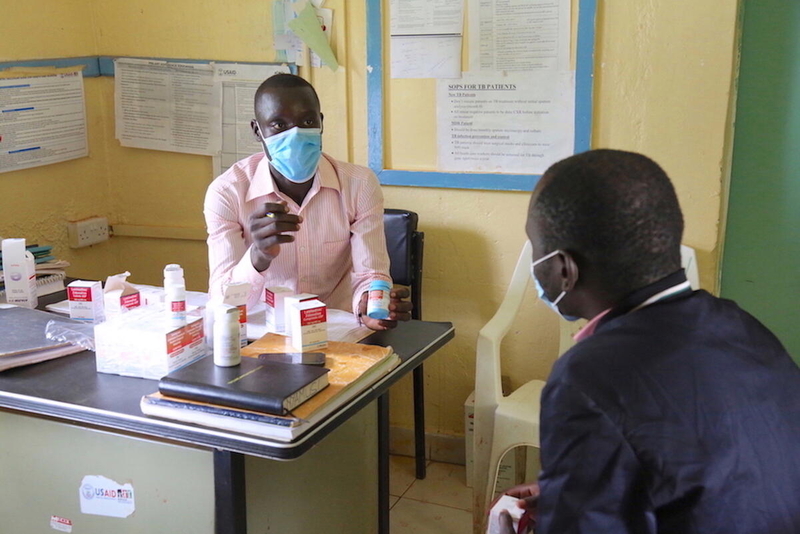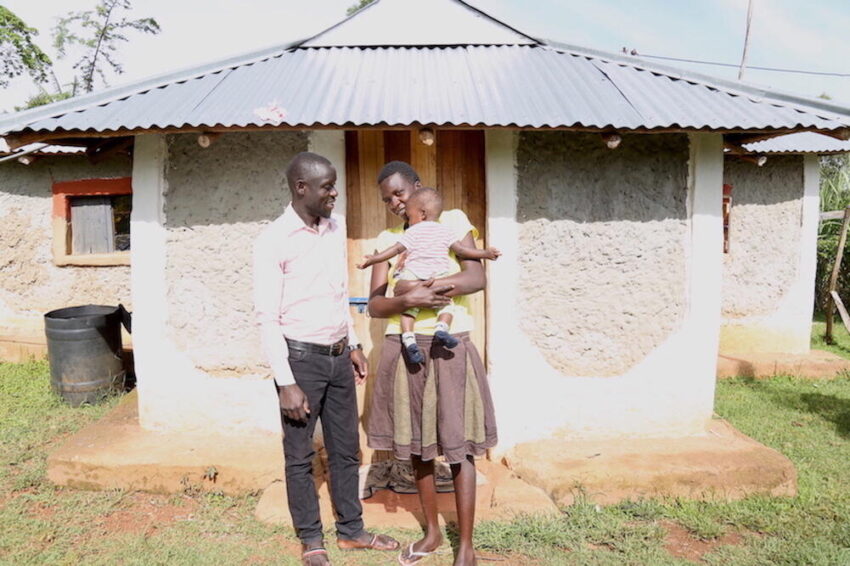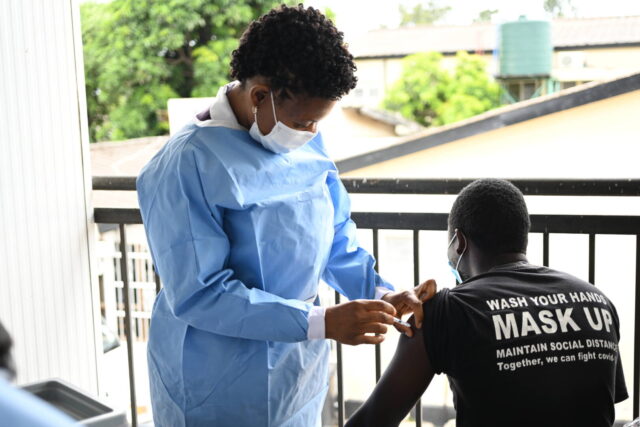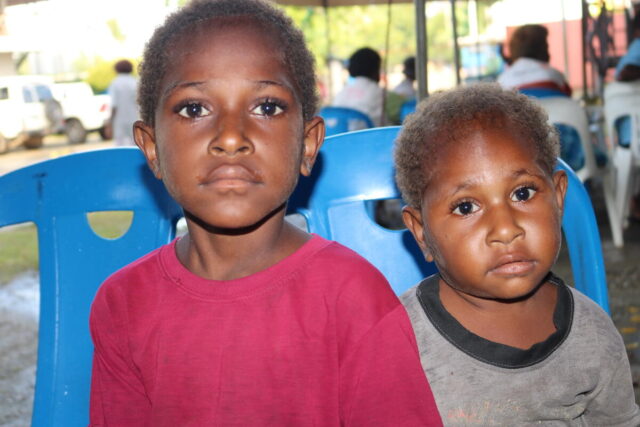The global HIV and AIDS pandemic, an enduring and profound health challenge, has made a lasting impact on the world. While HIV (human immunodeficiency virus) remains a significant global public health concern, particularly affecting girls and women in sub-Saharan Africa, progress is visible. By the end of 2022:
- Deaths related to AIDS (acquired immunodeficiency syndrome) — the most advanced stage of the disease — had declined by 69% since their peak in 2004 and by 51% since 2010.
- An estimated 82% of pregnant women living with HIV could access antiretroviral medicines to reduce the risk of transmitting the virus to their children.
- New HIV infections among children had dropped by 58%, from an estimated 310,000 in 2010 to 130,000 in 2022.
In honor of World AIDS Day, which is observed annually on December 1, people and nations unite in the fight against HIV and AIDS, address associated stigmas, provide support to those affected, and remember those who have passed.
HIV and AIDS: Facts, FAQs, and how to help
- Fast facts: HIV and AIDS
- What are HIV and AIDS, and how is HIV transmitted?
- How is HIV diagnosed, and what are the symptoms?
- How are women and girls affected by HIV?
- How are children vulnerable to HIV?
- How has World Vision responded to the HIV and AIDS pandemic?
- What is World Vision doing to help people affected by HIV and AIDS today?
- How can I help children and families affected by HIV and AIDS?
Fast facts: HIV and AIDS
- By the end of 2022, approximately 39 million people worldwide were living with HIV. Among them, 37.5 million were adults, and 1.5 million were children.
- Since the onset of the epidemic decades ago, HIV has infected an estimated 85.6 million people, and AIDS-related illnesses have claimed the lives of approximately 40.4 million people.
- In 2022, there were 1.3 million new HIV infections, with women and girls accounting for 46% of the cases.
- In sub-Saharan Africa, gender inequalities placed women and girls at greater risk, accounting for 63% of new HIV infections in 2022.
- Approximately 29.8 million people were accessing vital treatment for HIV, called antiretroviral therapy, an increase from 7.7 million in 2010.
- An estimated 630,000 people lost their lives due to AIDS-related illnesses in 2022, down from 2 million in 2004.

What are HIV and AIDS, and how is HIV transmitted?
HIV, or human immunodeficiency virus, is a retrovirus that infects and impairs the human immune system, which, in turn, leads to immunodeficiency. Immunodeficiency makes people highly vulnerable to infections and cancers, including rare diseases that exploit the weakened immune system. There is currently no cure for HIV. However, treatments like antiretroviral therapy are available, which can effectively help manage the virus and allow people to lead healthy lives despite HIV infection.
AIDS, or acquired immunodeficiency syndrome, is the condition that can result from untreated HIV infection.
HIV is mainly transmitted through unprotected sexual contact; from an HIV-positive mother to her baby during childbirth or breastfeeding. Although rare in most developed countries, through blood transfusions or organ transplants from infected donors. It can also be transmitted through contaminated needles.
How is HIV diagnosed, and what are the symptoms?
HIV diagnosis typically involves blood tests that detect the presence of the virus or its antibodies, according to the National Institutes of Health Office of AIDS Research.
It’s important to note that not everyone with HIV experiences symptoms, especially during the early stages. Within about two weeks of exposure to HIV, some people develop flu-like symptoms. The symptoms include chills, fever, sore throat, night sweats, rash, fatigue, mouth ulcers, or swollen lymph nodes. However, the virus may not be detectable in a test for a few weeks after exposure.
If an HIV infection goes untreated, it can gradually weaken the immune system, leading to AIDS. At this stage, symptoms become much more severe. They may include rapid weight loss, extreme tiredness, recurring fever, swelling of the lymph glands, blotchy skin, mouth sores, memory loss, and more.
How are women and girls affected by HIV?
Globally, women and girls accounted for about 46% of all new HIV infections in 2022. Every week, an estimated 4,000 adolescent girls and young women ages 15 to 24 become infected with HIV.
In sub-Saharan Africa, women and girls accounted for 63% of all new HIV infections in 2022. Lack of knowledge on how to protect themselves from HIV, gender inequalities including gender-based violence, and stigma are barriers that impact access to available HIV prevention, care, and treatment services for adolescent girls and young women.
How are children vulnerable to HIV?
The majority of children with HIV acquire the virus from their HIV-positive mother during pregnancy, childbirth, or breastfeeding. This is why World Vision prioritizes efforts to support pregnant women with HIV with the necessary treatments. These efforts not only contribute to mothers’ health but also serve to shield their babies from HIV transmission.
Beyond the direct impact of living with HIV or AIDS, the HIV and AIDS epidemic has devastated families worldwide. This has left children without the essential care and support they need to survive, grow, and thrive. About 13.8 million children have lost one or both parents to AIDS-related causes.
Children especially vulnerable by HIV and AIDS include kids living with HIV, those whose parent or parents have the disease or died from it, and kids in households that take in children who were orphaned by HIV and AIDS.
How has World Vision responded to the HIV and AIDS pandemic?
As AIDS took a devastating toll on rural communities where we were working, World Vision responded with the HIV and AIDS Hope Initiative, calling on churches to join the mission to help thousands of orphans and vulnerable children impacted. Our initiative has a significant history:
- In August 1998, Rich Stearns, then president of World Vision, visited Uganda, witnessing the plight of AIDS orphans and recognizing the impact of AIDS on children.
- On December 1, 2000, World AIDS Day, World Vision announced the formation of a global initiative to fight against HIV and AIDS.
- On January 12, 2002, the Hope Initiative was officially launched during a conference in South Africa, uniting World Vision staff from 17 African countries hit hardest by HIV and AIDS.
The Hope Initiative centered on three key components: prevention, care, and advocacy.
- Prevention: We prioritized prevention efforts for children, high-risk groups, and pregnant and breastfeeding mothers.
- Care: We improved the quality of care for children affected by AIDS, including orphans and those living with HIV-positive parents.
- Advocacy: We advocated for public policies and programs to reduce the spread of HIV and provide care for people impacted by HIV and AIDS.
In 2003, World Vision received our first public grant for HIV programming. We introduced the Channels of Hope curriculum in Africa to engage faith leaders and congregations in advocacy and prevention.
Over the years, World Vision expanded our HIV programs, involving faith leaders and communities through the Channels of Hope curriculum. We scaled up our programming in Latin America, the Caribbean, the Middle East, Eastern Europe, and the Asia Pacific regions. In 2010, we phased out the Hope Initiative. That’s when HIV and AIDS programming became mainstreamed in World Vision’s program areas.
Building upon the Hope Initiative: Our unwavering commitment
World Vision, with support from partners, has made substantial progress in mitigating the impact of HIV on children and families. We helped advocate for the initial proposal and creation of the President’s Emergency Plan for AIDS Relief (PEPFAR), which has saved 25 million lives. PEPFAR programs operate in over 50 countries globally. Also, PEPFAR legislation authorizes and supports The Global Fund, which has saved over 50 million lives in its fight against AIDS, tuberculosis, and malaria since its establishment in 2002.
Through World Vision’s Channels of Hope, faith leaders and community health workers play vital roles in educating communities about gender-based violence, child protection, and HIV and AIDS. We focus our efforts on helping pregnant women with HIV understand their health status and access necessary treatment to both protect their health and prevent transmission to their babies.
What is World Vision doing to help people affected by HIV and AIDS today?
In 2022, World Vision took on key roles in HIV programs under The Global Fund in several countries and regions. We reached over 943,5000 people through various programs. Those included HIV testing, prevention for adolescent girls and young women, tuberculosis screening and prevention, antiretroviral drug programs, life skills training for youth, improved service delivery, and support for HIV service providers.
How can I help children and families affected by HIV and AIDS?
- Pray: Join in praying that children and families affected by HIV and AIDS will have access to the healthcare and nutrition they need to ward off infections and maintain good health.
- Give: Help keep children healthy and thriving by supporting World Vision’s health programs.
Chris Huber and Sevil Omer of World Vision’s staff in the U.S. contributed to this article.


